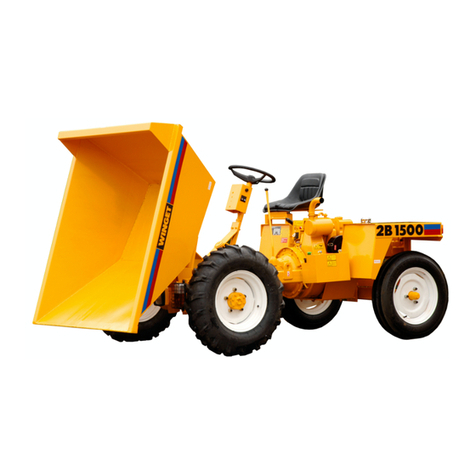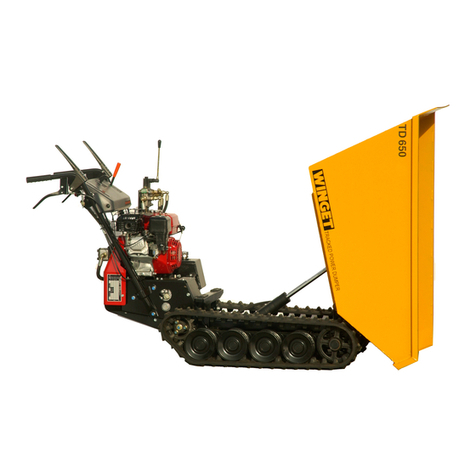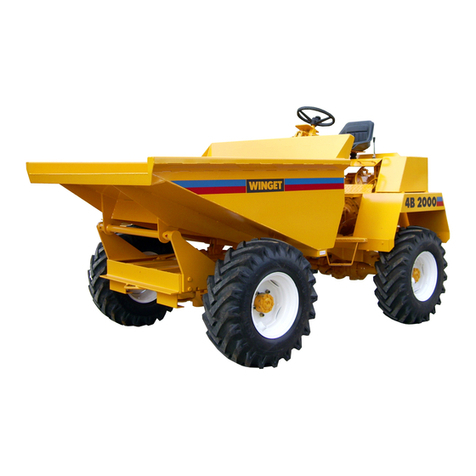
WARRANTY TERMS & CONDITIONS 4
Winget Limited assures you that if any of the parts identified within
the Parts section of this manual become defective due to faulty
manufacture or materials within 12 months from the date of purchase,
the part will be repaired or replaced under warranty free of charge by
any authorised Winget Distributor.
Warranty repairs must be carried out by a Winget Distributor, unless
prior agreement has been agreed in writing with the Warranty
Department at Winget Limited.
This warranty is given to the first owner and may be transferred to
subsequent owners for the balance of the Warranty period.
Winget Limited’s liability only extends to the costs of repair or
replacement of the faulty parts and necessary labour charges
involved in the repairs. The company accepts no liability for any
consequential loss, damage or injury, resulting directly or indirectly
from any defect in the goods.
Items not covered by Warranty and considered to be the customers
responsibility include normal maintenance services; replacement of
service items and consumables; replacement required due to abuse,
accident, misuse or improper operation; replacement of wearable
items e.g. pins bushes etc.
All Warranty repairs on the Honda HP500H Power Carrier must be
carried out by an Authorised Honda Distributor.
The Warranty will not apply where the equipment is modified,
converted, or used for purposes other than those for which it was
designed, unless clearance for the modifications etc. have been
granted by Winget Limited in writing.
The Pre-delivery Inspection & Warranty Registration Document must
be completed correctly and returned to Winget Limited within 7 days
of the date of sale. Failure to do so could result in any subsequent
Warranty claim being rejected.
No claim will be considered if other than genuine Winget Limited
parts, which must be obtained via an authorised Winget distributor,































